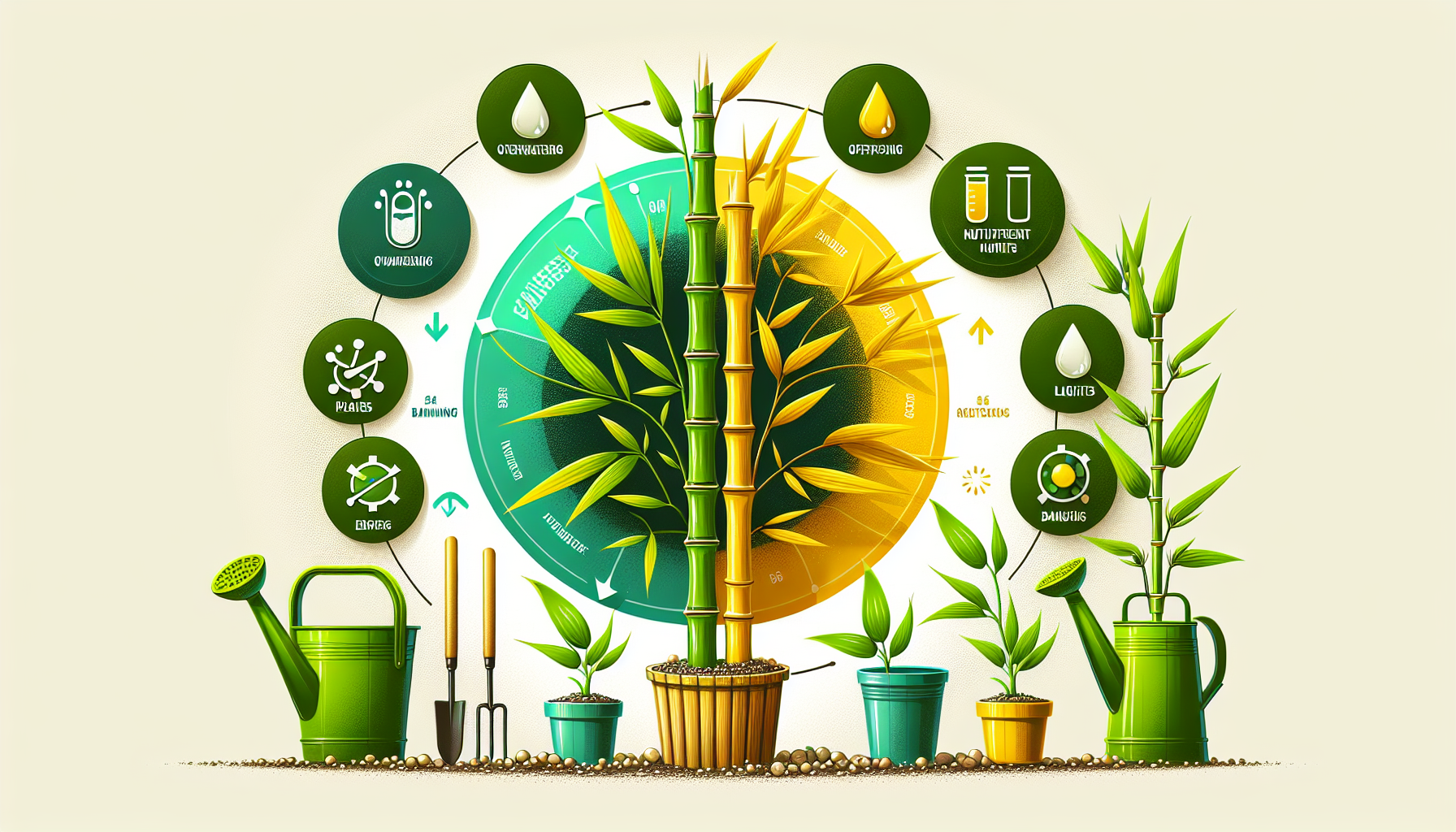
why is my bamboo plant turning yellow
Why Is My Bamboo Plant Turning Yellow?
Bamboo plants are a popular choice for both indoor and outdoor greenery due to their low-maintenance nature and elegant appearance. However, if you’ve noticed your bamboo plant turning yellow, it’s a sign that something isn’t quite right. Yellowing leaves or stalks can be caused by several factors, but the good news is that most of these issues can be resolved with a little care and attention.
1. Overwatering or Poor Drainage
One of the most common reasons for yellowing bamboo is overwatering. Bamboo plants prefer moist but not waterlogged soil. If their roots sit in standing water for too long, they can develop root rot, which leads to yellowing leaves and stems.
Solution: Ensure your bamboo is planted in well-draining soil or a pot with drainage holes. Water the plant only when the top inch of soil feels dry to the touch. If your bamboo is grown in water, change the water every 1-2 weeks to prevent stagnation.
2. Underwatering
On the flip side, underwatering can also cause your bamboo plant to turn yellow. Bamboo needs consistent moisture to thrive, and if the soil becomes too dry, the plant will start to suffer.
Solution: Check the soil regularly and water your bamboo as soon as it starts to dry out. If you’ve been neglecting your plant, gradually increase watering rather than overcompensating all at once.
3. Excessive Sunlight
While bamboo plants enjoy bright, indirect sunlight, too much direct sunlight can scorch their leaves, leading to yellowing. This is especially common in indoor bamboo plants placed near windows that receive intense sunlight.
Solution: Move your bamboo to a location with filtered light or partial shade. Avoid placing it in direct sunlight for extended periods.
4. Nutrient Deficiency
Bamboo plants require proper nutrients to maintain their lush green color. A lack of essential nutrients, such as nitrogen, can cause the leaves to turn yellow over time.
Solution: Feed your bamboo with a balanced liquid fertilizer every 4-6 weeks during the growing season. Be careful not to over-fertilize, as this can also harm the plant.
5. Natural Aging
Sometimes, yellowing is a natural part of a bamboo plant’s life cycle. Older leaves may turn yellow and drop off to make way for new growth. This is perfectly normal and not a cause for concern.
Solution: Simply remove the yellowing leaves and monitor the plant for new growth. If the yellowing is limited to a few older leaves, your bamboo is likely healthy.
6. Pests or Disease
Pests like spider mites or aphids can infest bamboo plants, causing discoloration and damage. Similarly, fungal infections can lead to yellowing leaves and stalks.
Solution: Inspect your plant closely for signs of pests or disease. Use insecticidal soap or neem oil to treat pest infestations. For fungal issues, prune affected areas and ensure proper airflow around the plant.
Final Thoughts
Yellowing bamboo can be alarming, but most causes are fixable with a little care and attention. By addressing issues such as overwatering, underwatering, excessive sunlight, or nutrient deficiencies, you can help your bamboo regain its health and vibrant green color. With proper care, your bamboo plant will thrive and continue to bring a touch of tranquility to your space.
For more gardening tips and tricks, check out our Gardening Tips section. If you found this article helpful, feel free to share it with fellow plant enthusiasts!